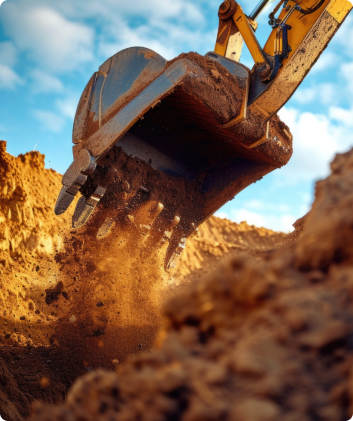
Taking whatʹs left, doing whatʹs right.
The logical choice for recycling construction and demolition debris
Recycling construction and demolition debris
Many facilities target heavy, easy-to-recycle materials to reach their diversion goals. At Construction and Demolition Recycling, Inc (CDR) we also look at the damage that the lighter, more toxic materials can cause in the landfill, and we prioritize their diversion. This graph depicts the diversion of commercial interior debris at a traditional facility vs at CDR, where real diversion is our goal.

The myth of recycling
Recycling in construction and demolition is measured by weight, ignoring the true impact of what’s diverted. Standard facilities focus on heavy, profitable materials from demolition, while lighter, more toxic waste from commercial interior projects often ends up in landfills. This skewed method allows facilities to meet recycling mandates without true diversion. At CDR, we are committed to educating the commercial interior community about genuine diversion and environmental stewardship through tours and seminars at our award-winning facility.
